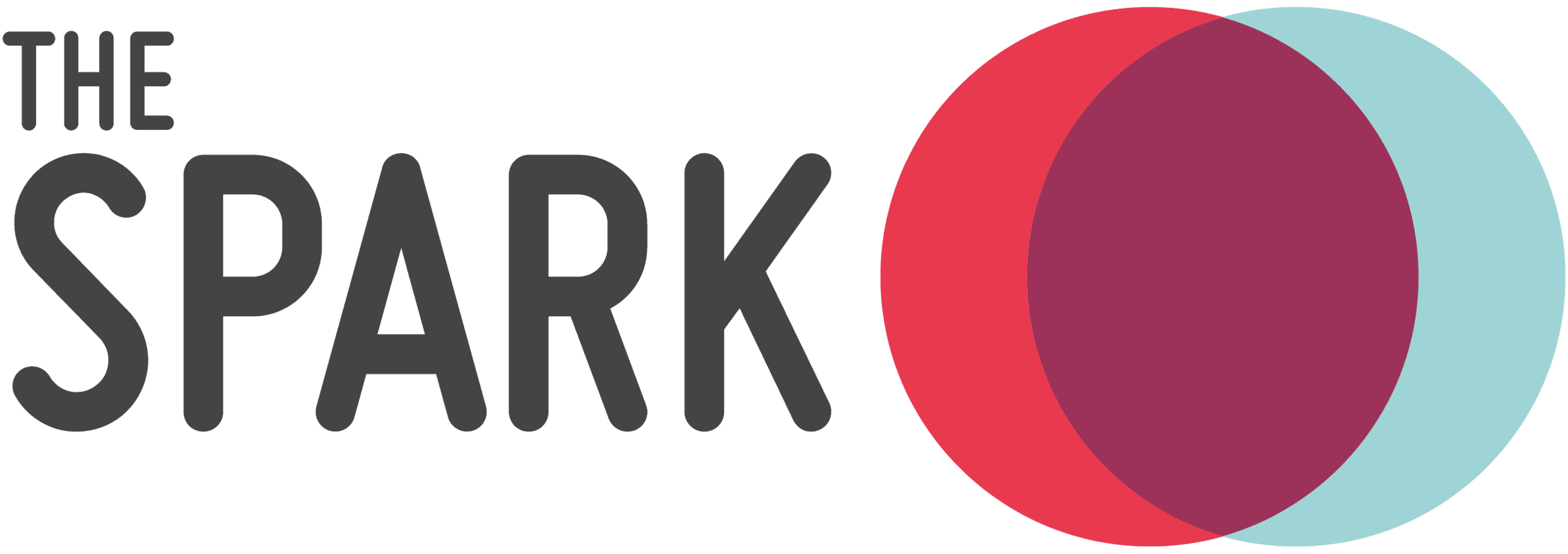This is how to be happy according to Stacey Kramer.
“Imagine if you will a gift. I’d like you to picture it in your mind. It’s not too big, about the size of a golf ball. So, envision what it looks like, all wrapped up.
Before I show you what’s inside I will tell you that it’s going to do incredible things for you. It will bring all of your family together. You will feel loved and appreciated like never before and reconnect with friends and acquaintances that you haven’t heard from for years. Your life will have new meaning.”
So begins a TED Talk delivered by Stacey in February 2010.
I want to know how to be happy
What were your thoughts when reading those words? I will confidently wager they went something like this: ‘Where can I get this gift? How much do I have to pay for it? How soon can I get it?’
Later on in the talk, Stacey admits, ‘It was a rare gem. A brain tumour…’ This revelation will stop you in your tracks and, no doubt, the talk is structured deliberately to achieve this. Specifically, it is designed to force you to take time to reflect on your initial impressions of this ‘gift’.
Re-reading Stacey’s seemingly glowing description of what is a horrendous diagnosis, you may doubt the words you read earlier. How can such a difficulty result in so many positive outcomes? How can something that tragic help me learn how to be happy?
What doesn’t kill me makes me stronger

Remarkably, in his book ‘The Happiness Hypothesis’ Jonathan Haidt reports that modern psychologists consider some level of adversity and suffering necessary for a psychologically healthy and fulfilling life.
We are not naïve or heartless enough to suggest that all traumatic experiences are good for you. Unfortunately, there are illnesses that the sufferer does not survive. There are tragedies that dramatically change people’s lives for the worse. Post-Traumatic Stress Disorder is very real and blights lives. In The Spark’s work with children, we are very aware that Adverse Childhood Experiences or ACEs like neglect and abuse can result in health, relationship and social problems in later life.
Most of us will, consciously or otherwise, seek to avoid difficulties and strive to live a problem-free life. But Jonathan Haidt, who is Professor of Ethical Leadership at New York University, suggests otherwise.
In short, if you want to know how to be happy, prepare to experience the lows as well as the highs.
How to be happy and the ‘Adversity Hypothesis’
The ‘Adversity Hypothesis’ is a philosophical version of the themes we explored in our Songs For Sound Minds feature on ‘(Stronger) What Doesn’t Kill You’ by Kelly Clarkson. The principle is that it is possible to grow from your suffering.
Haidt’s book illustrates 3 specific benefits, contrasting ‘post-traumatic growth’ with post-traumatic stress disorder:
- Meeting challenging situations uses abilities that you may not have been aware of and gives you confidence in dealing with future difficulties. If we never face challenges or setbacks, how will we get through really difficult periods like the serious illness Stacey endured?
- Adversity helps you identify who you can rely on in hard times and builds your relationship with them. This is one of the things Stacey Kramer discovered when she had her brain tumour.
- Surviving trauma can make us take stock and change our perspective on life. Indeed, many of our counselling clients who come through very difficult periods develop a new attitude to life. An attitude focused, for example, on savouring time with family and friends, and less on being chained to their desk at work.
Helping you learn how to be happy
In practice, we sometimes need support to unlock these benefits from emotionally challenging times. Discovering and using those abilities we never knew we had can be difficult on our own.
Similarly, the process of taking stock can come naturally to some people but for others, it might require a guide. Therapeutic counsellors can be those guides.
Counselling is fundamentally about helping individuals and couples determine how to deal with situations, emotions and past experiences. It is about how to take time to consider what has happened and how we might wish to live our lives differently in the future. In essence, it is about personal growth from times of trouble.
Sadly we will all face hard times in our lives, of that we have no choice. But we can choose to take the path of post-traumatic growth as Jonathan Haidt suggests, and counselling can help us find and walk that path.

